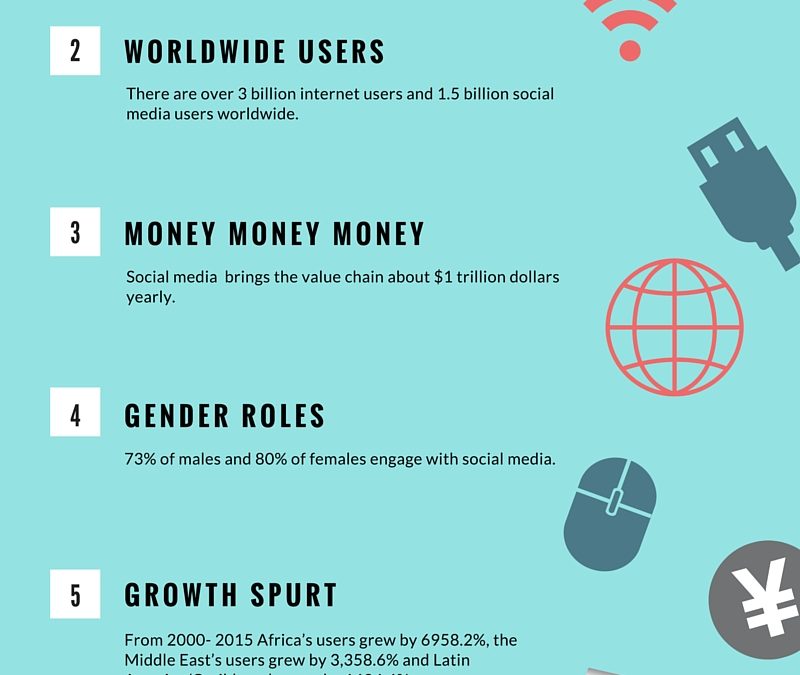
Adapting B2B Sales for the Information Age
B2B sales must recognize and accommodate buyers at various levels of self-sufficiency in the purchasing process.
Widespread access to the Internet has changed life as we know it. Not only are once-token errands like trips to the supermarket and holiday gift shopping increasingly shifting online, but B2B buyer behavior is occurring most often in the digital space, as well. In fact, an Acquity Group study found that 94% of B2B buyers in the U.S. conduct research online to make purchase decisions.
An Internet search can yield thousands of results when a B2B buyer goes to research a specific product or service. What’s more, the buyer can access online sources reviewing and comparing different suppliers’ products, streamline purchasing through self-service shopping portals, and access digital training and support tools without ever talking to another human. Essentially, “buyers can take over many steps of buying that salespeople once cherished as their source of value,” says a Harvard Business Review article.
But this doesn’t eliminate the need for salespeople in B2B sales completely. Rather, the authors suggest that today’s sellers must develop new competencies that better serve customers with more access to information.
How B2B sales are changing
Information technology and digital channels create buyers at various levels of self-sufficiency. While some are able to gather all of the intel needed to make a purchasing decision, some are more overwhelmed than before and need help sifting through all the available information. Most buyers fall somewhere between the two ends of the spectrum. Additionally, customers can be at different levels at different times and for different products.
Therefore, salespeople need to be able to recognize where customers fall on the self-sufficiency scale and match their selling approach to the customers’ needs.
Salespeople must also be competent in various technologies that help manage customer information and outreach. CRM systems, analytics, and various infrastructures are just a few examples of digital tools sales teams have at their disposal.
New platforms like social media and email also supplant the need for traditional face-to-face selling but require an all-together different skill set. Video conferencing, podcasts, and webinars — these are also tools that sellers can use to accommodate buyer preferences and level of knowledge, should the seller be fluent in these technologies.
And with so many options to adapt to customers at various levels of self-sufficiency, salespeople must be able to coordinate communications across multiple channels. “Salespeople need competencies as orchestrators who can ensure an effective and efficient connection,” the authors suggest.
Salesforces, too, must adapt to the information age in terms of structure, training, compensation, and more.
How has your business adapted to B2B selling in the information age?
Related articles:
- 50% of Sales Go to the Vendor Who Responds First
- Four Steps to Creating Sales Targets that Drive Results
- Content Marketing Should Change How You Sell, Here’s How


